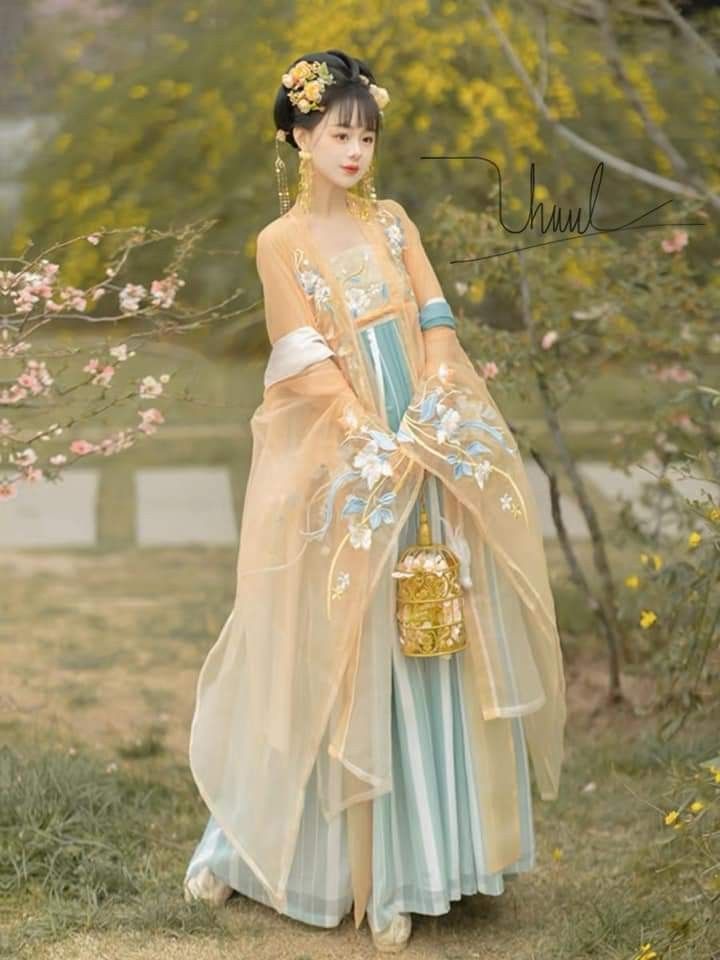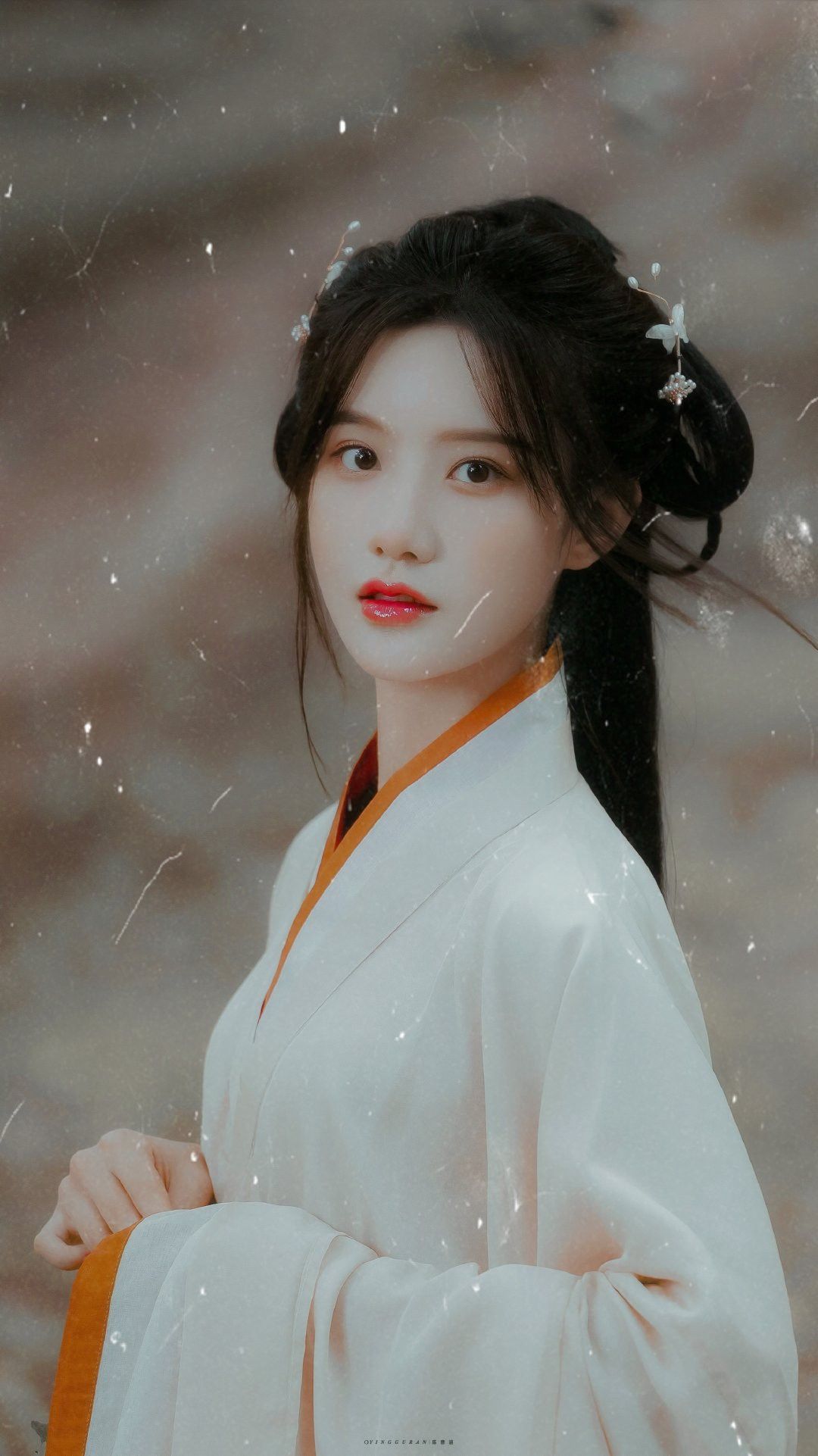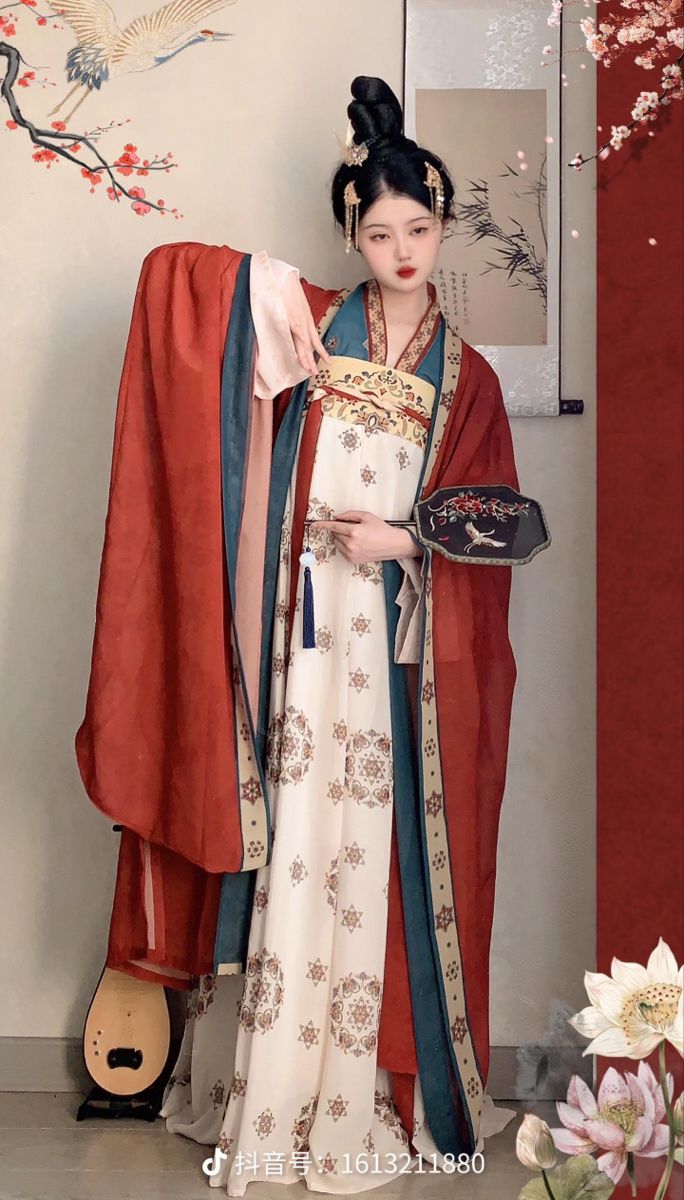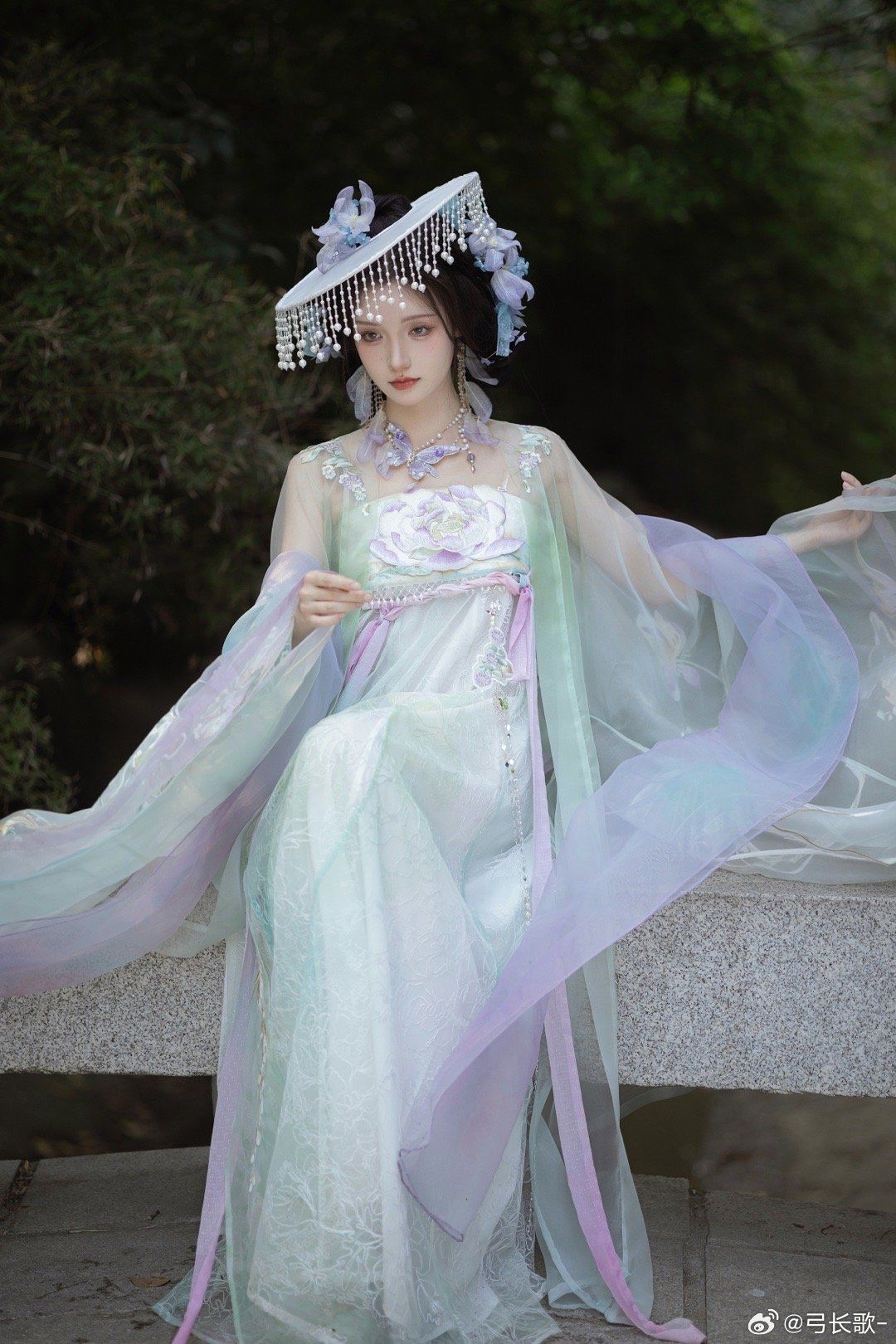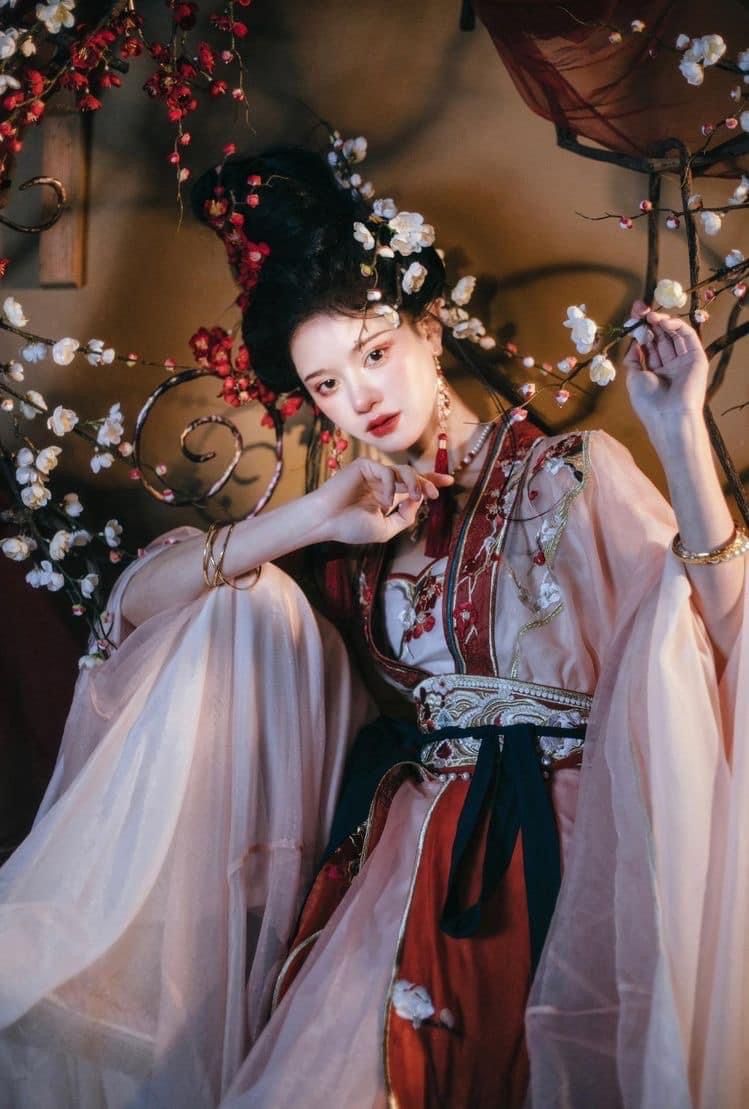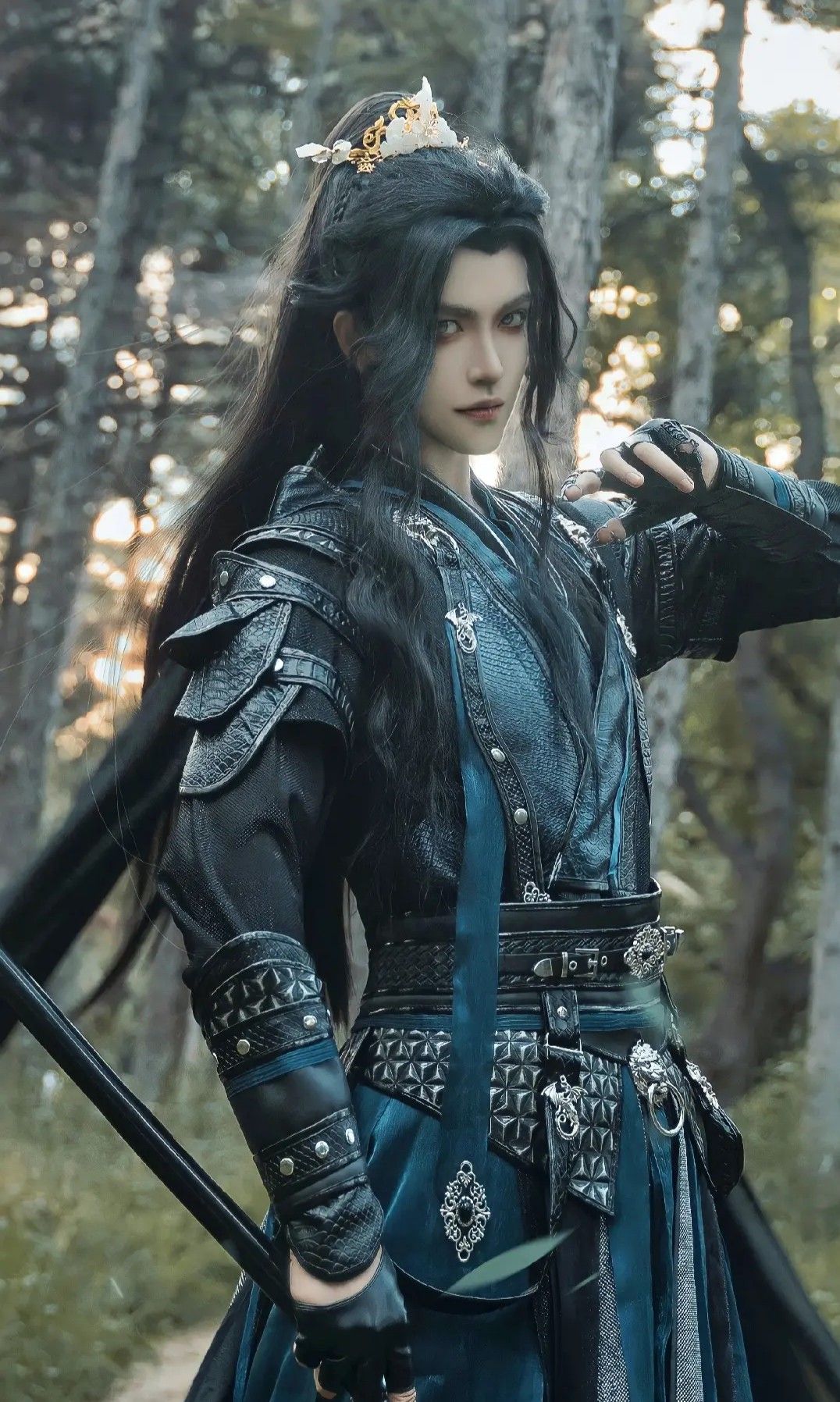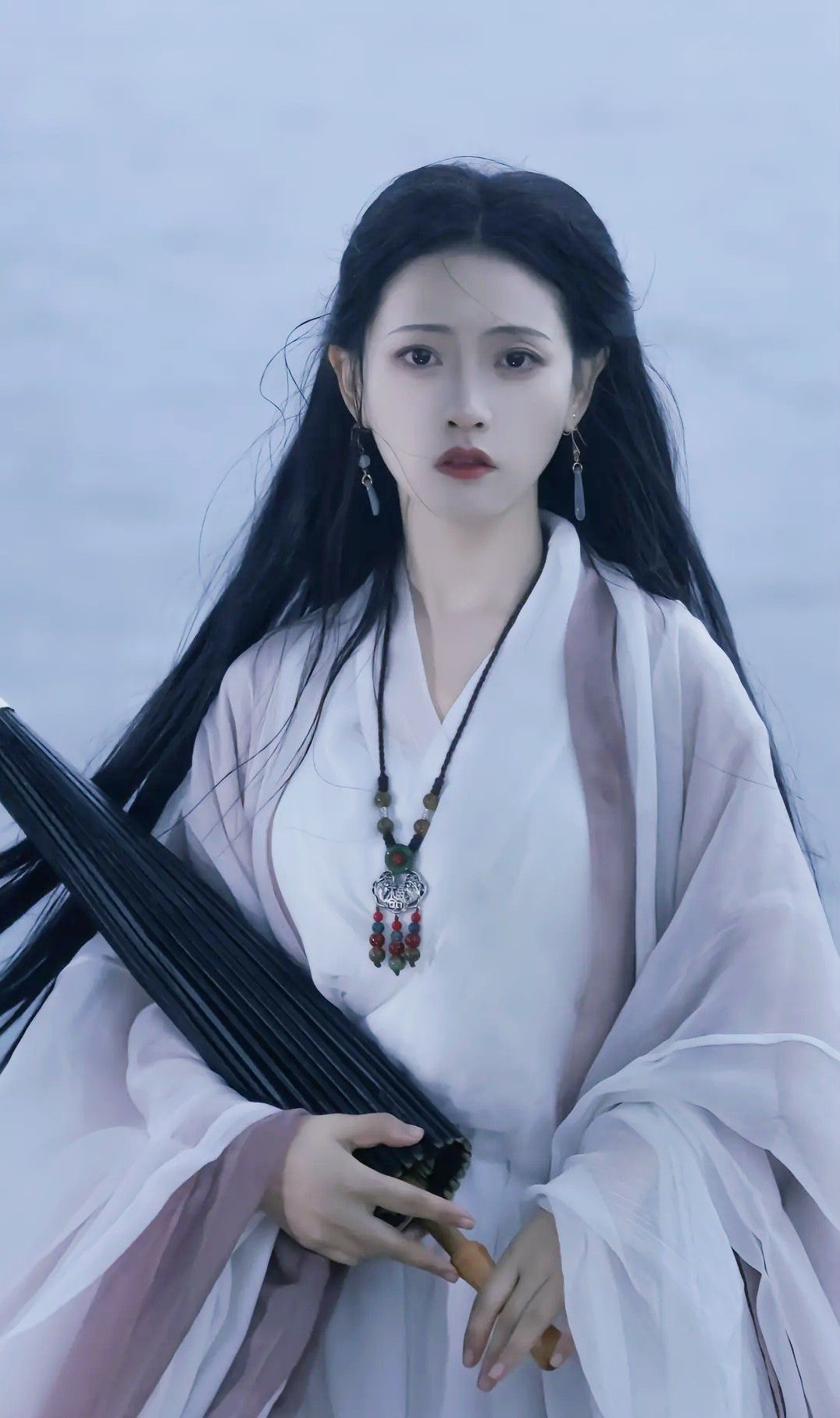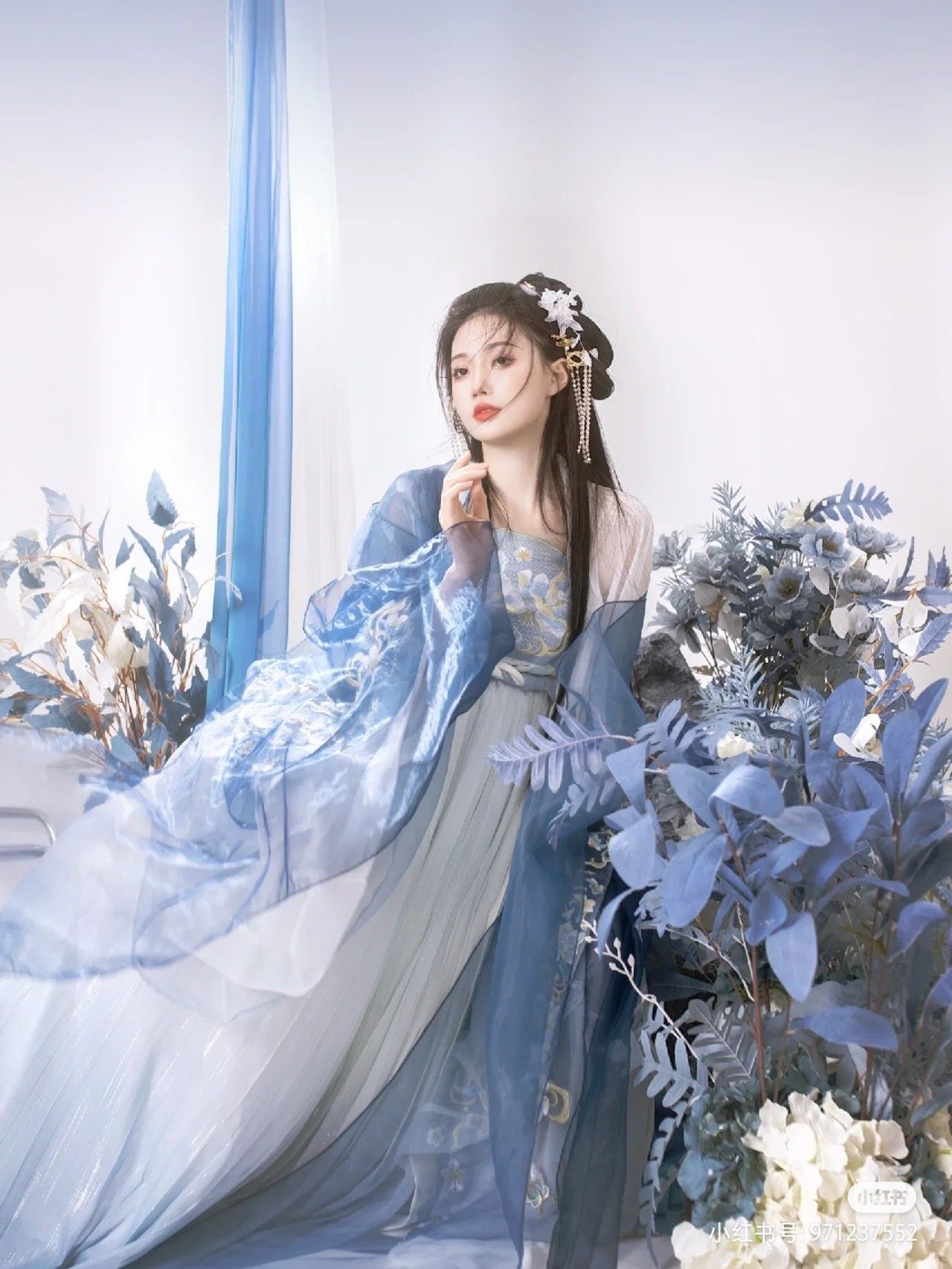In the realm of ancient China, the beauty of women was not only expressed through their faces but also through the exquisite headdresses they wore. These headdresses, an integral part of their traditional costumes, reflected the culture and aesthetics of the era, embodying the essence of craftsmanship and artistic creativity.
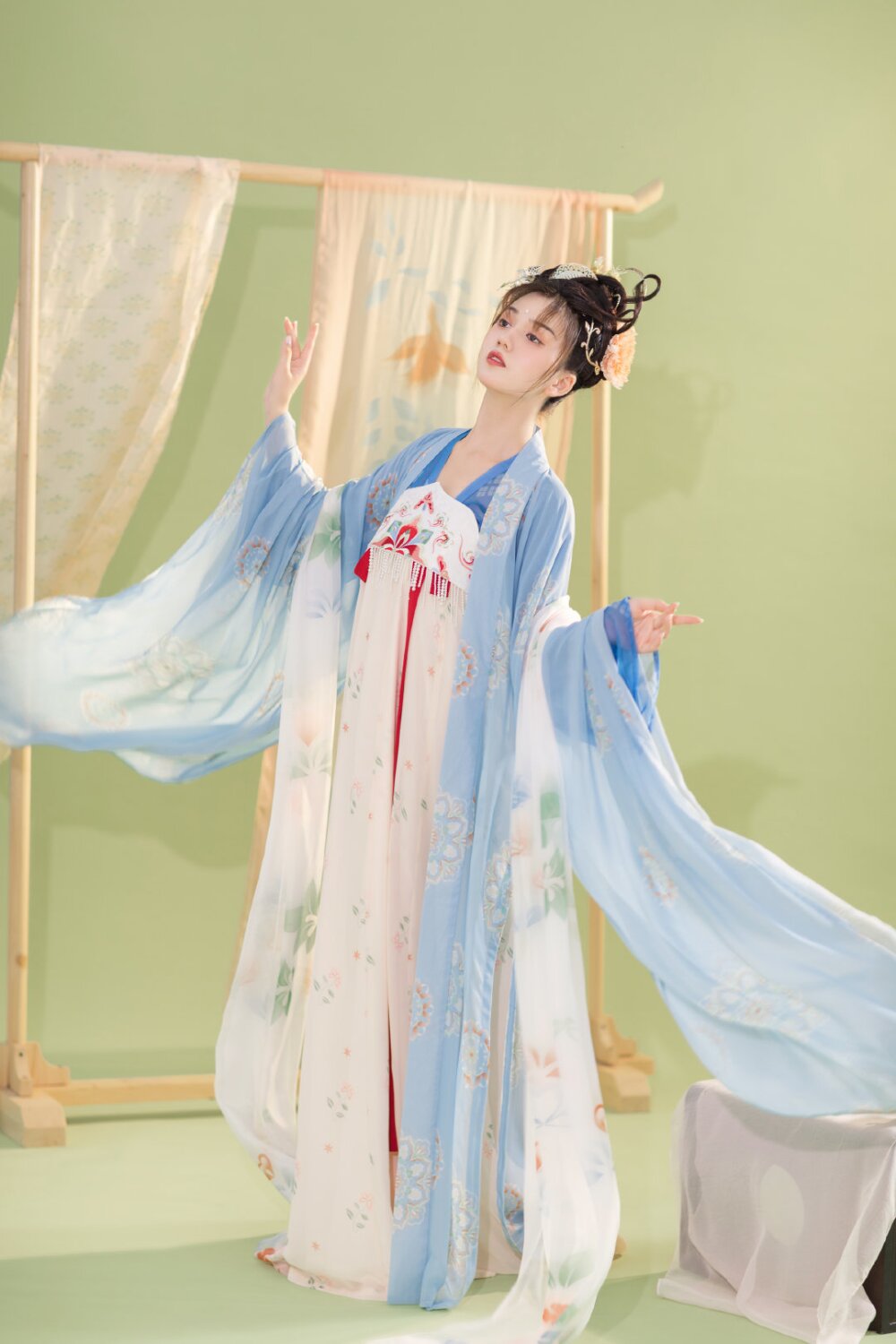
The earliest headdresses were simple in design, often consisting of silk scarves or woven hair bands. However, as time progressed and fashion evolved, the headdresses became more intricate and diverse. They were adorned with precious stones, pearls, and other ornaments, which not only enhanced the beauty of the wearer but also served as symbols of status and rank.
One of the most popular types of headdresses was the chignon, which was a complex hairstyle adorned with flowers, birds, or other ornaments. These chignons were often made from silk or other precious materials and were carefully wrapped around the woman's hair, creating a stunning and elegant look. Another type of headdress was the hairpin, which was a small piece of wood or metal adorned with intricate designs and often used to hold the hair in place. These hairpins were often decorated with precious stones or other ornaments, making them not only functional but also beautiful.
During the Song and Ming dynasties, headdresses reached their peak of sophistication. The use of intricate patterns and vibrant colors became common, with each pattern and color symbolizing a particular meaning or status. For instance, the phoenix pattern was often associated with queens or empresses, while flowers and birds were common among common women. These headdresses were not just worn for beauty but also served as symbols of power and status.
The materials used in making these headdresses were also diverse, ranging from silk, gold, silver, jade, to wood and other natural materials. The craftsmanship involved in making these headdresses was also remarkable, with intricate carvings and designs showcasing the skill and patience of the craftsman.
In addition to their beauty and symbolism, these headdresses also served a practical purpose. They helped keep the hair in place during windy weather or when engaged in physical activities. They also provided a way for women to express their individuality and creativity through the choice of patterns, colors, and ornaments.
Today, these ancient headdresses have become a symbol of China's rich cultural heritage. They are not only worn during traditional festivals or events but also featured in fashion shows and other events that celebrate Chinese culture. The modern versions of these headdresses are often a blend of traditional designs with contemporary elements, showcasing the beauty and uniqueness of Chinese culture to the world.
In conclusion, the ancient headdresses of Chinese costume women are not just pieces of jewelry or hair accessories; they are a reflection of China's rich cultural heritage and history. They embody the essence of craftsmanship, artistry, and creativity, reflecting the beauty and uniqueness of Chinese culture. As we look back at these headdresses today, we are not only witnessing a piece of history but also experiencing the essence of Chinese culture and its beauty.
Keywords: Ancient Chinese Headdresses; Traditional Beauty; Cultural Heritage; Craftsmanship; Hair Accessories; Chinese Costume Women; History and Evolution

